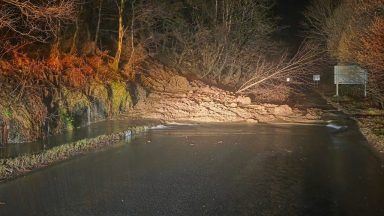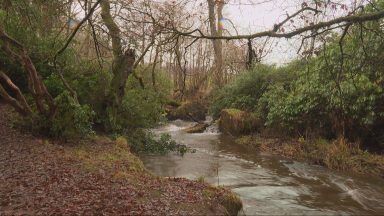A fossil found in the Scottish Highlands has shed new light on the origin of lizards.
The tiny skeleton, discovered on the Isle of Skye, is just six centimetres (2.3 inches) long and dates from the Middle Jurassic period, around 166 million years ago.
The skeleton of a species called called Bellairsia gracilis is almost totally whole, making it the most complete fossil lizard of its age anywhere in the world.
The Bellairsia has a mixture of ancestral and modern features, showing what the ancestor of today’s lizard’s might have looked like.
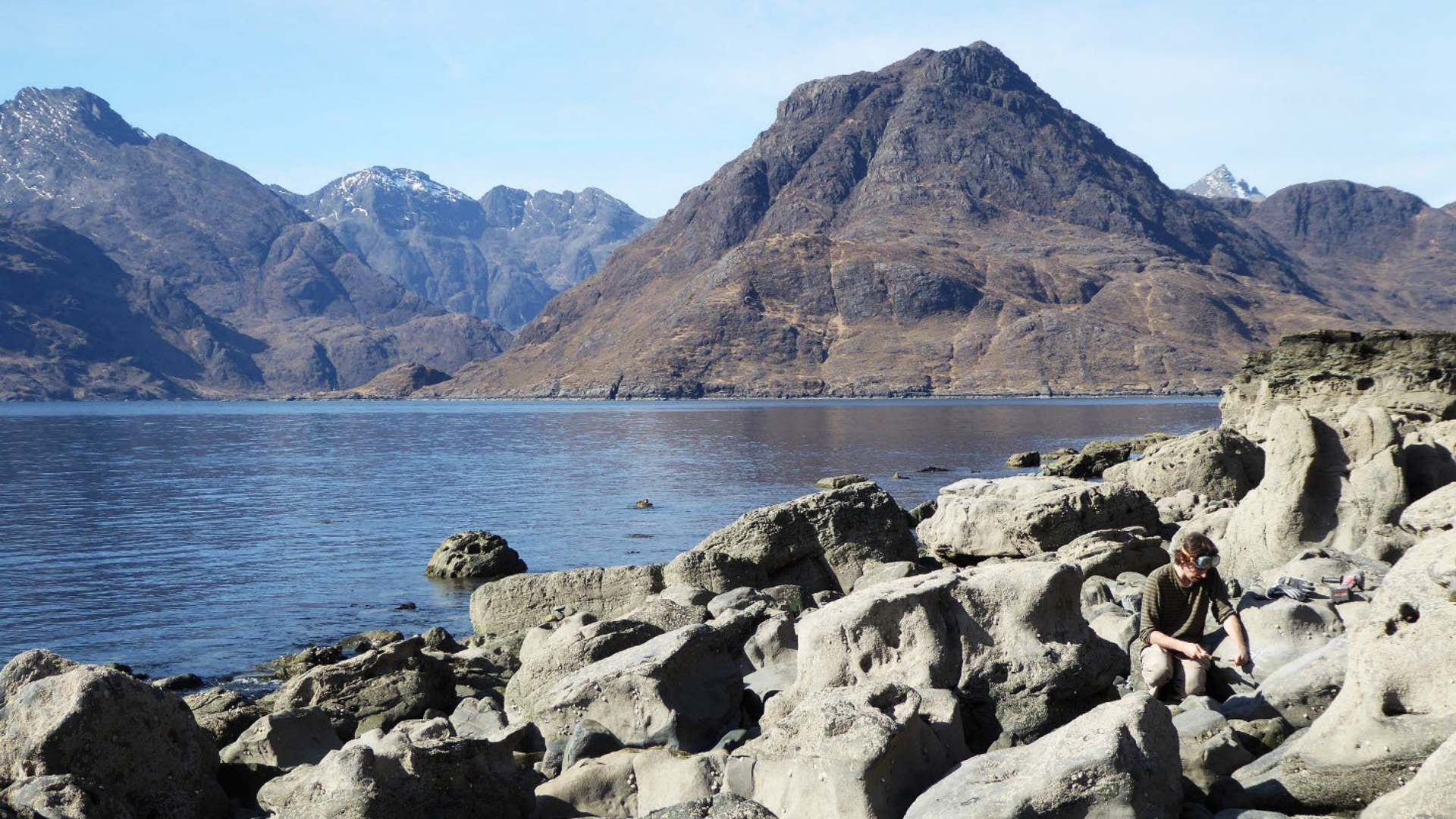 SWNS via SWNS
SWNS via SWNSThis fossil is one of several new fossils discovered on the island, making it rapidly become a fossil hotspot. Each new discovery, including early amphibians and mammals, reveal the evolution of important animal groups.
The new fossil belongs to the animal group called squatmates. They are the living group that includes lizards, snakes, chameleons, and geckos, and can be found all over the globe.
There are more than 10,000 species of squatmates, making them one of the most species-rich living vertebrate animal groups.
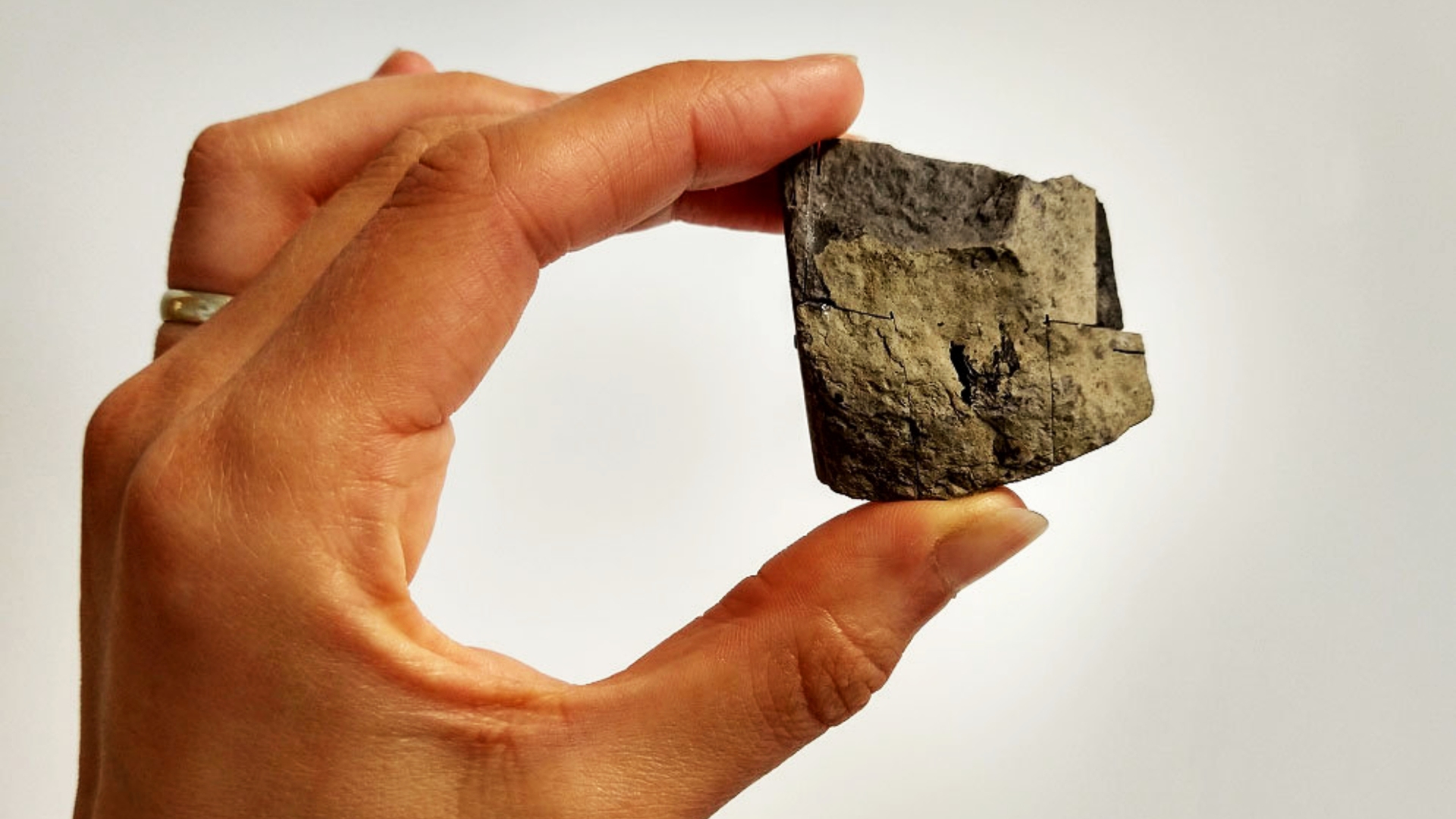 SWNS via SWNS
SWNS via SWNSThe earliest origins of squatmates lived 240 million years ago in the Triassic period.
However, the lack of fossils from that era has made it hard to trace their early evolution and anatomy.
Study first author Professor Mateusz Tałanda, of the University of Warsaw, Poland, said: “This little fossil lets us see evolution in action.
“In palaeontology you rarely have the opportunity to work with such complete, well-preserved fossils coming from a time about which we know so little.
“Bellairsia has some modern lizard features, like traits related to cranial kinesis – that’s the movement of the skull bones in relation to one another. This is an important functional feature of many living squamates.”
The research team used X-ray computed tomography (CT), which allowed them to gather non-invasive 3D imaging of the fossil.
The X-ray showed details down to a few tens of micrometres, allowing researchers to create an incredibly detailed image of the entire fossil, even though most of it was still hidden by rock.
The teamthe new fossil alongside living and extinct fossil squamates. Through this they were able to confirm that Bellairsia belongs to the stem of the squamate family tree.
Co-author Professor Roger Benson, of Oxford University’s department of earth sciences, said: “Fossils like this Bellairsia specimen have huge value in filling gaps in our understanding of evolution and the history of life on Earth.
“It used to be almost impossible to study such tiny fossils like this, but this study shows the power of new techniques including CT scanning to image these non-destructively and in great detail.”
Through the process they also discovered that geckos too are a very early species of squamate and that the fossil Oculudentavis, that was previously suggested to be a dinosaur in fact stems from squamates.
Dr Elsa Panciroli of Oxford University’s Museum of Natural History and National Museums Scotland discovered the fossil and co-authored the study.
She said: “It was one of the first fossils I found when I began working on Skye. The little black skull was poking out from the pale limestone, but it was so small I was lucky to spot it.
“Looking closer I saw the tiny teeth, and realised I’d found something important, but we had no idea until later that almost the whole skeleton was in there.”
Professor Susan Evans, first described and named Bellairsia from a few jaw and skull bones 25 years ago.
She said: “It is wonderful to have a complete specimen of this tantalising little lizard, and to see where it fits in the evolutionary tree.
“Through fossils like Bellairsia we are gaining a better understanding of early lizard anatomy.
“Angus Bellairs, the lizard embryologist after which Bellairsia was originally named, would have been delighted.”
Follow STV News on WhatsApp
Scan the QR code on your mobile device for all the latest news from around the country


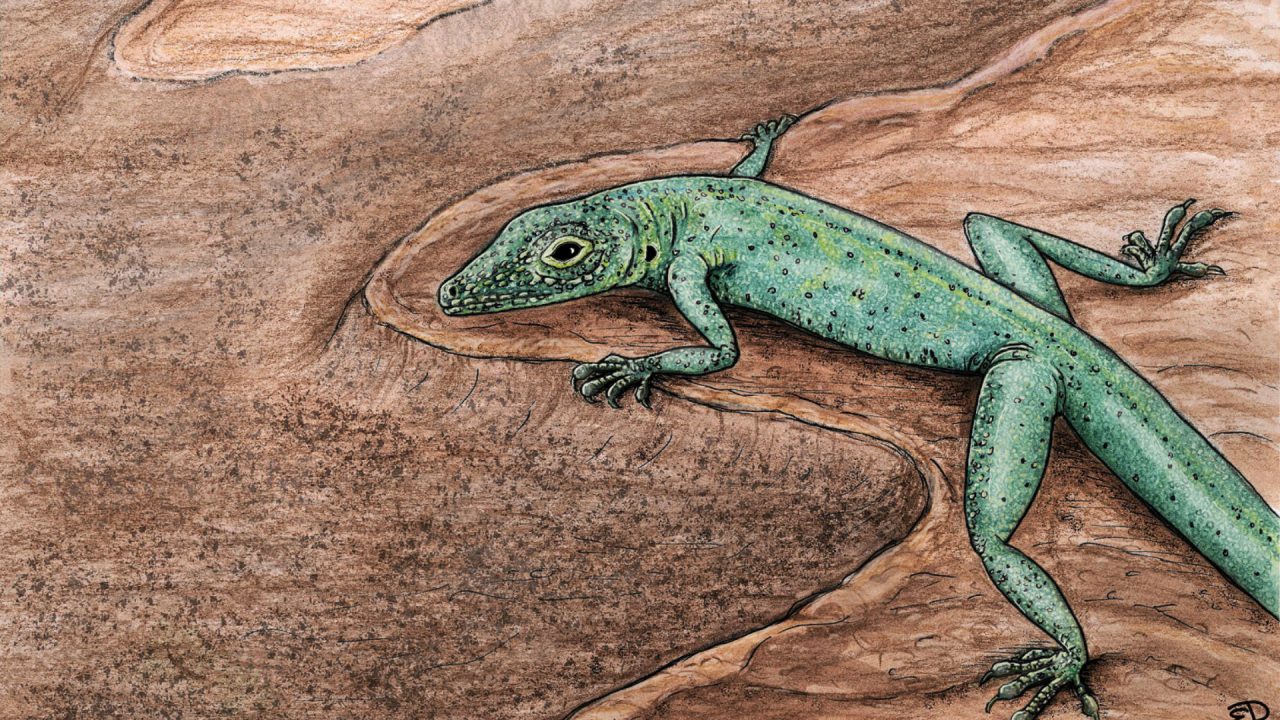 University of Oxford via SWNS
University of Oxford via SWNS






